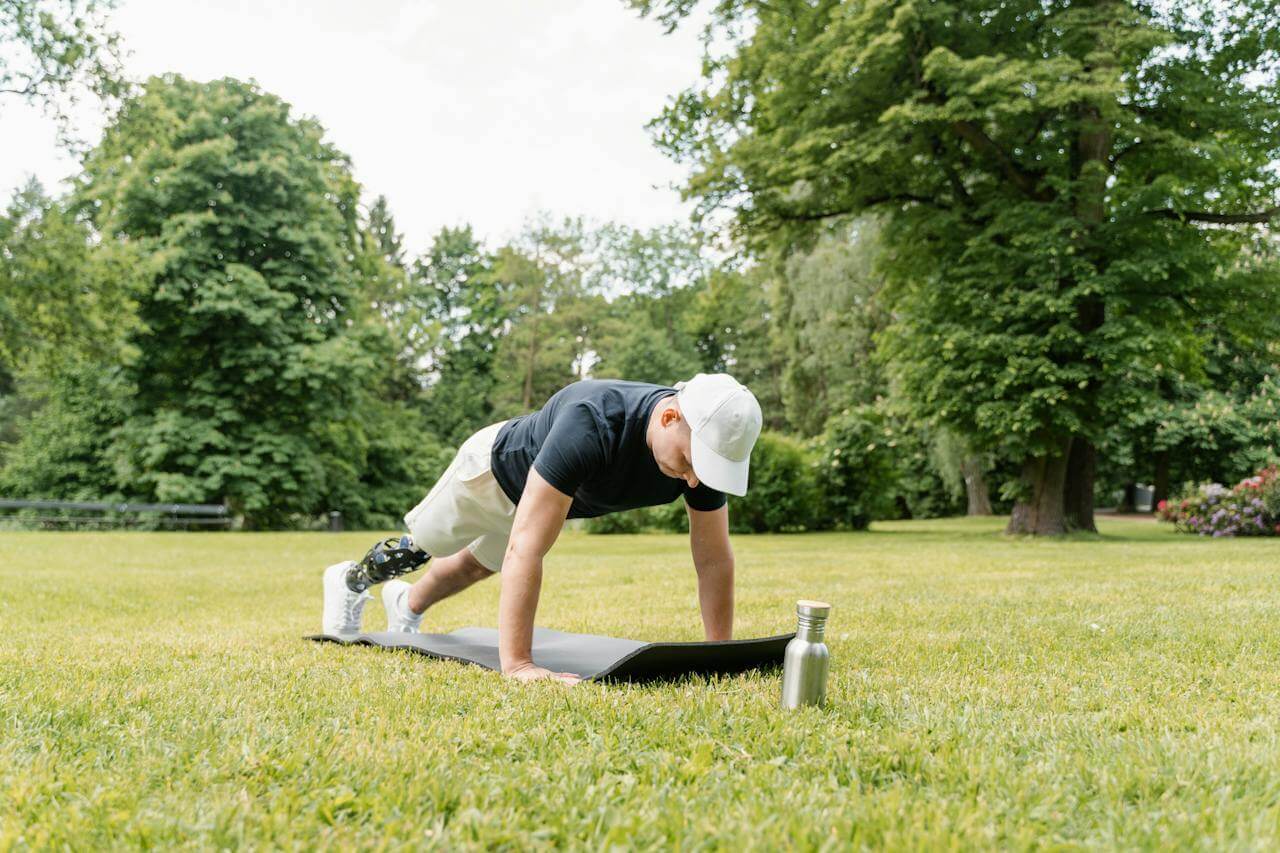Introduction:
Embarking on a journey of physical fitness after limb loss may seem like a daunting task, but with determination, adaptability, and the right approach, individuals can not only maintain but also enhance their overall well-being. In this article, we’ll explore various strategies, exercises, and mindset shifts that can empower amputees to embrace an active and fulfilling lifestyle.
- Consultation with Healthcare Professionals:
Before diving into any fitness routine, amputees must consult with their healthcare team. Discussing exercise plans with prosthetists, physical therapists, and physicians ensures that the chosen activities align with individual health needs and capabilities.
- Discovering Adaptive Workouts:
Adaptive workouts tailored to amputees can make a significant difference in maintaining physical fitness. Explore options such as seated exercises, resistance training, and low-impact cardio activities. Adaptive fitness classes, both in-person and online, provide specialized guidance and a supportive community.
- Engaging in Water-Based Activities:
Water-based exercises offer a low-impact and joint-friendly option for amputees. Swimming, water aerobics, and aquatic therapy not only provide an effective workout but also enhance mobility and balance. Many fitness facilities offer accessible pools with ramps and lifts.
- Strength Training for Resilience:
Incorporating strength training into a fitness routine helps build muscle, improve bone density, and enhance overall resilience. Focus on both upper and lower body strength using resistance bands, free weights, or machines. Working with a trainer experienced in adaptive fitness can ensure a tailored strength training program.
- Cardiovascular Health with Adaptations:
Cardiovascular exercises are essential for heart health and overall fitness. Amputees can engage in activities like cycling, rowing, or using adaptive elliptical machines. Consider incorporating interval training, gradually increasing intensity based on individual comfort levels.
- Flexibility and Mobility Exercises:
Maintaining flexibility and mobility is crucial, especially for amputees adjusting to changes in weight distribution. Stretching exercises, yoga, and Pilates can improve joint range of motion, alleviate muscle stiffness, and enhance overall flexibility.
- Balance and Stability Workouts:
Enhancing balance and stability is key for preventing falls and improving daily activities. Balance exercises, such as single-leg stands or stability ball workouts, can be adapted to accommodate different amputation levels. Integrating proprioceptive training further challenges the body’s awareness and coordination.
- Outdoor Activities for Variety:
Exploring outdoor activities adds variety to a fitness routine and provides opportunities for fresh air and sunshine. Adaptive hiking trails, wheelchair-friendly paths, and accessible parks enable amputees to enjoy nature while staying active. Activities like hand cycling or adaptive skiing may also be considered based on personal preferences and capabilities.
- Mindful Approach to Fitness:
Adopting a mindful approach to fitness involves listening to the body, respecting its limitations, and celebrating achievements. Setting realistic goals, tracking progress, and understanding that adaptation is a continuous process contribute to a positive and sustainable fitness journey.
- Participating in Adaptive Sports:
For those seeking a competitive edge, adaptive sports offer a fantastic avenue for physical activity and camaraderie. From wheelchair basketball to adaptive golf, these sports not only provide an intense workout but also foster a sense of community and empowerment.
- Holistic Wellness:
Physical fitness is just one aspect of overall wellness. Prioritizing mental and emotional well-being through practices like meditation, mindfulness, and stress management complements the physical efforts, creating a holistic approach to health.
Conclusion:
Maintaining physical fitness after limb loss is not only achievable but can also be a transformative and empowering experience. By embracing adaptive workouts, seeking professional guidance, and cultivating a mindful approach, amputees can not only regain their physical strength but also enhance their overall well-being. With a supportive community, a resilient mindset, and a commitment to adapting, the journey to fitness after limb loss becomes a fulfilling and lifelong pursuit.



